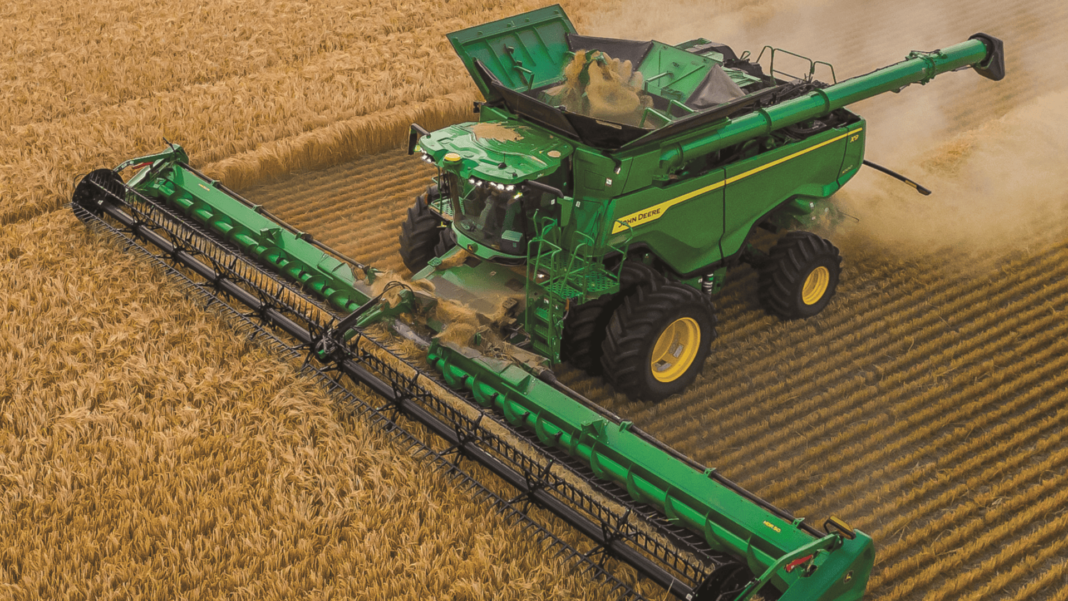Combine harvesters are a vital part of modern agriculture in Kenya, offering a one-stop solution for reaping, threshing, and cleaning grain crops.
For maize, wheat, rice, and barley farmers, mechanization through combine harvesters can significantly reduce labor costs, minimize post-harvest losses, and increase efficiency—especially during peak harvesting seasons.
2025 Combine Harvester Price Ranges in Kenya
Combine harvester prices in Kenya vary widely depending on factors such as brand, condition (new or used), horsepower, grain tank capacity, and availability of after-sales service.
Combine Harvester Prices in Kenya (2025)
The table below gives a general price guide for different types of combine harvesters available in Kenya.
| Category | Estimated Price Range (KES) | Best For |
|---|---|---|
| Used Mini Combine Harvesters | 1,500,000 – 3,500,000 | Smallholder farms and test fields |
| Mid-Range Used Harvesters | 4,000,000 – 6,000,000 | Medium-scale farms with moderate acreage |
| New Mid-Range Combine Harvesters | 6,000,000 – 10,000,000 | Reliable for consistent seasonal operations |
| High-End New Combine Harvesters | 10,000,000 – 15,000,000+ | Large-scale commercial farming operations |
Note: Prices fluctuate due to exchange rates, import duties, and availability.
Popular Combine Harvester Brands in Kenya
Several reputable brands are available through local dealers or importers:
-
John Deere – Known for durability and wide dealer network.
-
Claas – Popular in large-scale wheat production.
- Advertisement - -
New Holland – Offers good mid-range options with reliable performance.
-
Kubota – Compact models suited for rice and small-scale maize.
-
Yanmar – Ideal for small-scale and wetland harvesting.
Where to Buy Combine Harvesters in Kenya
You can explore a variety of buying options:
-
Authorized Dealers – Offer new machines, warranties, and servicing (e.g., CMC Motors, Farm Engineering Industries).
-
Agricultural Machinery Importers – Provide refurbished models from Europe or Asia.
-
Online Platforms – Websites like Jiji, Cheki, and Expat-Dakar often list used harvesters.
-
Agricultural Shows – Events like the Nairobi International Trade Fair showcase demos and deals.
Key Factors to Consider Before Buying
Before making a purchase, evaluate the following:
-
Farm Size & Crop Type – Choose the right capacity for your acreage and target crop.
-
Parts Availability – Ensure that spare parts are readily available locally.
-
After-Sales Service – Consider dealers who offer maintenance and technical support.
-
Fuel Efficiency – Operating costs impact long-term profitability.
-
Resale Value – Stick to reputable brands that retain value over time.
Financing & Leasing Options
Don’t let the price tag deter you—several financing options are available:
-
Agri-loans from commercial banks (e.g., Equity Bank, KCB, Cooperative Bank).
-
Government programs via the Agricultural Finance Corporation (AFC).
-
Leasing arrangements from cooperatives or input suppliers.
-
NGO and donor support, particularly for youth and women in agribusiness.
Invest in Mechanization for Long-Term Returns
As Kenya’s agriculture continues to shift toward mechanization, investing in a combine harvester is a game-changer for grain farmers. Whether you opt for a refurbished machine or a brand-new model, make your decision based on long-term efficiency, service access, and suitability for your farm.
Also Read
